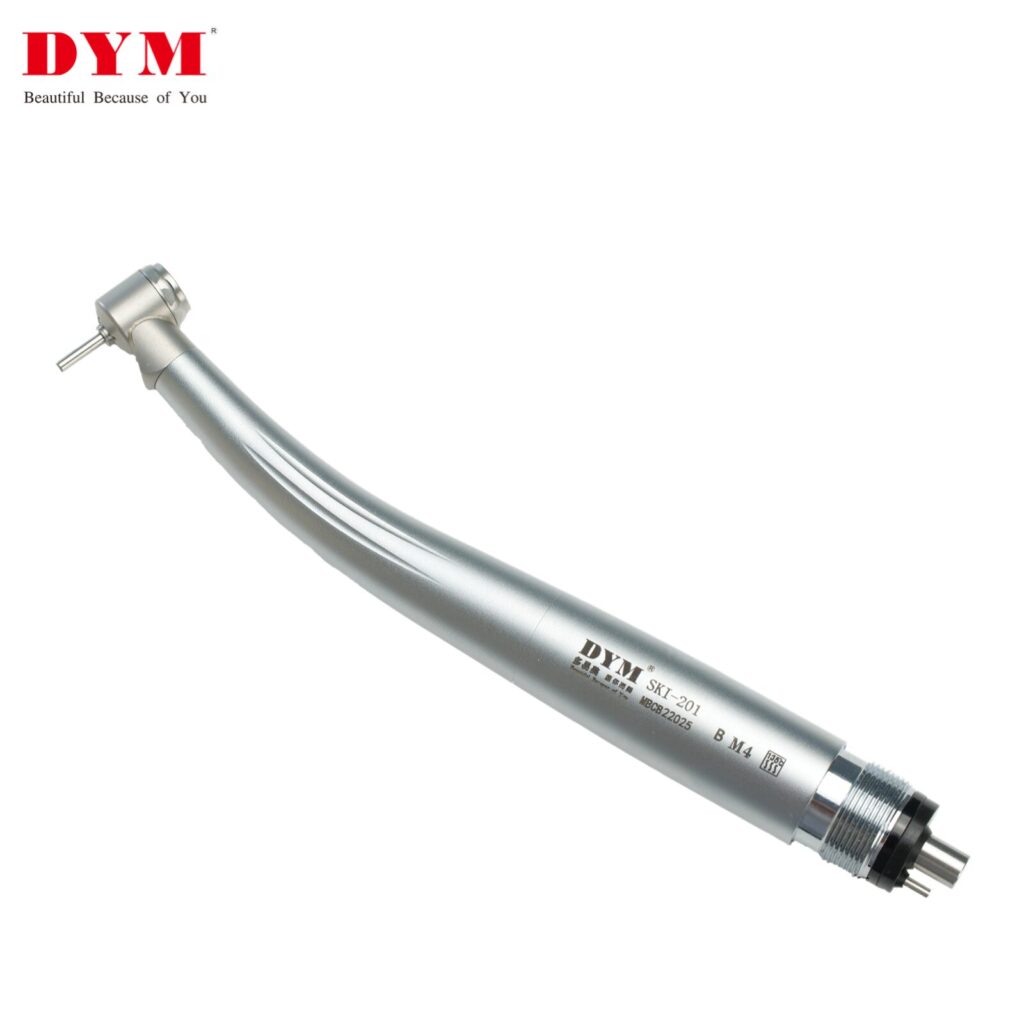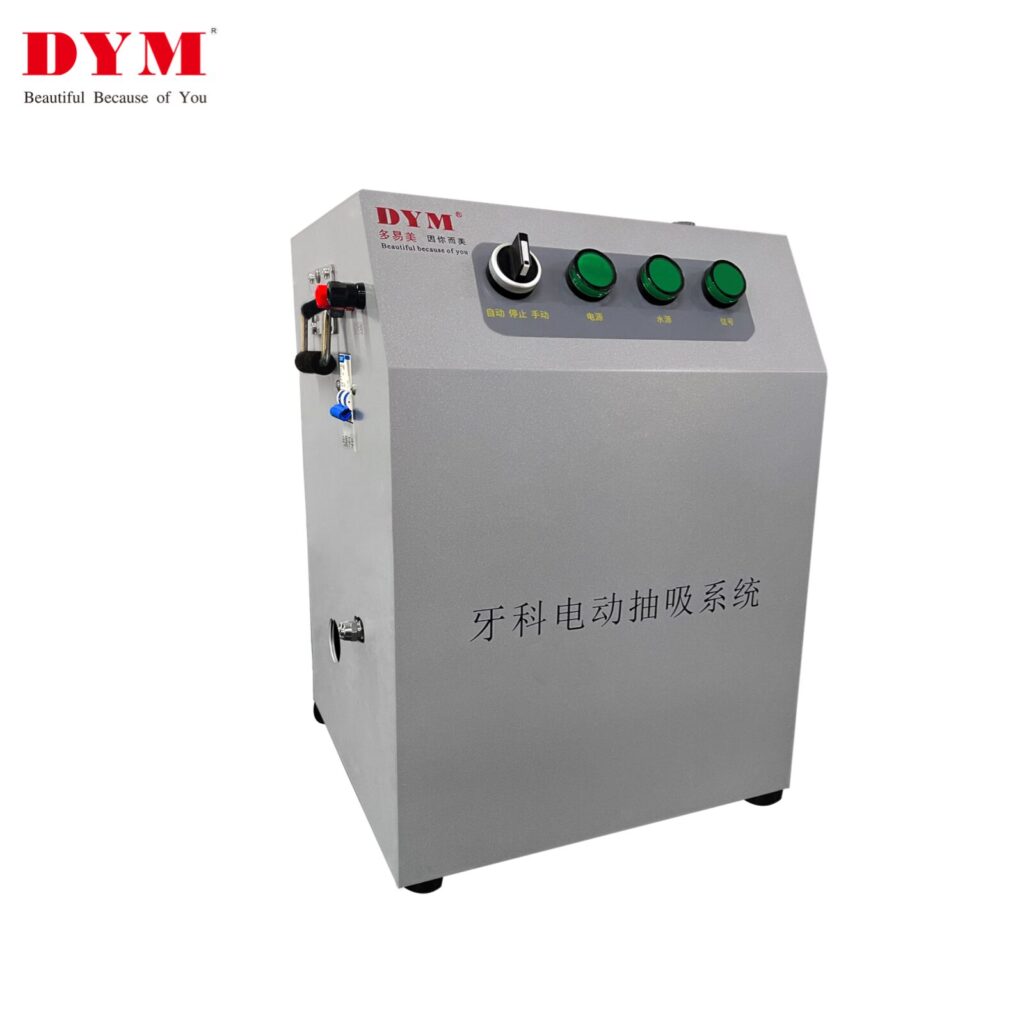Ask For A Quick Quote
We will contact you within 1 working day, please pay attention to the email with the suffix “@fsdym.com”.
We will contact you within 1 working day, please pay attention to the email with the suffix “@fsdym.com”.

1: Mongolian population and eating habits:
Population size: As of the 2020 census, Mongolia’s total population is about 3.296 million, with a younger age structure (0-14 years old accounted for 31.5%), and it is expected to reach 4 million in 2031. The capital Ulaanbaatar concentrates 46% of the country’s population, and medical resources in rural areas are extremely scarce. Dietary characteristics: The traditional diet is mainly based on beef, mutton, dairy products (such as milk tea) and pasta, and high salt, high fat and high sugar intake are common. For example, Mongolian milk tea usually adds a lot of sugar and butter, and desserts (such as honey biscuits) are consumed in high quantities, while vegetables and fruits are not consumed enough. This eating habit leads to a high rate of dental caries, and oral health problems among children and adolescents are particularly prominent.

2: Mongolia’s GDP and economic environment:
Economic scale: The total GDP in 2024 will be approximately US$23.4 billion, and the per capita GDP will reach US$7,000, a record high. Economic growth mainly relies on mining (accounting for 86.9% of exports), but manufacturing and agriculture lag behind, and 80%-90% of medical equipment relies on imports.
Medical expenditure: Per capita medical expenditure is low, and primary medical resources are insufficient, but the consumption upgrade of the middle class has driven the growth of demand for cosmetic dentistry. For example, teeth whitening and invisible correction services are gradually becoming popular in cities such as Ulaanbaatar.
III: Distribution of dental clinics and oral medical resources in Mongolia
Number of clinics: The number of dental clinics in the country has not been clearly counted, but public dental resources are concentrated in Ulaanbaatar. There are only 1-2 dentists per 100,000 people in rural areas, which is far below the World Health Organization standard. Private clinics are mostly distributed in the capital, such as the Ulaanbaatar United Family International Hospital, which provides dental services, but the primary coverage rate is insufficient.
Medical model innovation: The pediatric outpatient building of the Second Central Hospital built with Chinese aid has a stomatology department equipped with internationally advanced equipment, and its services cover remote areas. In addition, mobile medical vehicles and remote diagnosis and treatment are gradually being used to alleviate the shortage of medical resources in rural areas.
IV: Mongolia’s largest dental hospital and institution

Private benchmark: Ulaanbaatar United Family International Hospital is Mongolia’s first international high-end hospital, providing dental services, equipped with digital imaging equipment and implant operating rooms, with an annual number of more than 10,000 patients. The hospital cooperated with Chinese companies to introduce 3D printing technology for denture processing and implant guide production.
Public system: The Qinggeertai District Children’s Clinic, built with Chinese aid, has a dental clinic equipped with ultrasound, X-ray machines and other equipment, focusing on serving children in shanty towns. The Dental Department of the National University of Mongolia Hospital is the core of the public medical system, responsible for basic diagnosis and treatment and academic research tasks.
V: Import and local manufacturing of dental equipment
Import scale: From January to October 2024, Mongolia’s imports of mechanical equipment and electrical appliances reached US$2 billion (accounting for 21.5% of the total imports), of which the proportion of dental equipment was not separately counted, but the annual import value is expected to be about US$20-30 million, 70% of which comes from China.
Main imported equipment:
Dental mobile phones: core equipment for basic treatment, accounting for 25% of the equipment import value, used for filling teeth and surgery.
Digital scanners: used for invisible correction and implant design, Chinese-made equipment occupies 60% of the market share due to its cost-effectiveness. Implant system: The demand for dental implants increased by 22% annually, and Korean and Chinese brands dominated the market.
Conventional oral equipment and auxiliary equipment such as dental comprehensive treatment machines, LED light curing machines, negative pressure equipment for machine rooms, sewage treatment equipment, and air compressors for dental chairs.
Progress in local manufacturing: Mongolian companies such as Laxmi Dental produce dentures and invisible braces, but high-end equipment still relies on imports. In 2024, the self-sufficiency rate of primary medical equipment will reach 60%, but the localization rate of digital equipment will be less than 20%.

Six: Prospects and trends of Mongolian dentistry
Growth momentum:
Policy support: The government promotes the “National Oral Health Plan”, and the budget for primary medical equipment procurement will increase by 23.4% in 2025, with the goal of covering 200 million people.
Technological innovation: 3D printing technology is popular in denture processing, implant guides and other fields. AI-assisted diagnosis systems are piloted in institutions such as United Family Hospital, with a diagnostic accuracy rate of 92%.
Consumption upgrade: The middle class’s demand for invisible correction and teeth whitening has increased by 15% annually, and the sales of home care products (such as electric toothbrushes) have increased by 30%.
Market size: The compound growth rate of the dental equipment market is expected to reach 12.26% from 2025 to 2030, with the fastest growth in demand for dental implants and invisible corrections. The market size is expected to exceed US$50 million in 2030.
Challenges and opportunities:
Uneven resources: The medical coverage rate in remote areas is low, which needs to be compensated by mobile medical vehicles and remote diagnosis and treatment.
Technical barriers: High-end equipment relies on imports, but local companies have gradually broken through through technical cooperation (such as cooperation with Chinese companies on smart medical solutions). Active capital: In 2024, the total financing in the dental field will reach US$4.7 billion, and cutting-edge directions such as bioprinting and AI diagnosis will account for 31% of the investment, and the industry will enter a period of technological integration and model innovation.
The dental market in Mongolia is in its infancy, with a large population base, consumption upgrades, and technological innovation as core drivers. Despite the challenges of uneven resource distribution and technology dependence on imports, government policy support, local manufacturing capacity improvement, and digital transformation (such as 3D printing and AI applications) will drive the industry to continue to grow. In the next five years, dental implants, invisible orthodontics, and home care will become the main growth points. It is expected that the market size in 2030 will double that in 2025, becoming a potential participant in the global dental industry chain.
Oral hospitals and dental clinics in Mongolia have begun to carry out a large number of dental implant projects, and have developed dental implants as high-frequency oral key projects, including periodontal treatment (85% prevalence), dental implants (78% tooth loss rate), cleaning, etc. A single treatment often takes more than 30 minutes, so a good dental chair is particularly important for middle-aged and elderly people.
The elderly have inconvenient legs and feet, are prone to fatigue after lying for a long time, and have a strong sense of tension in treatment, so the experience of traditional dental chairs is poor.
The DYMi dental chair is cost-effective, and the humanized design is conducive to the rapid cost reduction and efficiency increase of dental institutions.
1. The ultra-low chair position of 38cm can help middle-aged and elderly people get on and off the dental chair easily. Elderly people with inconvenient legs and feet can sit naturally without raising their legs, reducing the risk of falling.
2. The ergonomic lumbar support + hollow headrest of the DYM dental chair allows the elderly to lie for a long time without getting tired and to beautify their teeth comfortably.
The lumbar support protrudes 5mm to accurately support the lumbar spine and avoid back pain caused by hanging in the air;
The shaped hollow headrest fits the curve of the head, reduces shaking during treatment, and improves the accuracy of dentists’ operations.
3. The double armrest safety design of the DYM dental chair helps relieve the tension of the elderly.
The armrest can be grasped throughout the treatment to enhance the sense of security (especially suitable for long-term operations such as dental implants) and reduce the patient’s stress response.
4. The DYM comprehensive dental treatment chair can be adjusted intelligently and adapted to a variety of treatment scenarios.
One-click switching between periodontal treatment, implantation, and cleaning modes, the chair back angle and light brightness are automatically adapted, reducing the doctor’s manual adjustment time and enhancing the patient’s comfort experience.
5. DYM dental chair can sense water filling intelligently, without the need for dentists or nurses to help the elderly. It can directly sense water storage, saying goodbye to the traditional dental chair that requires dentists or nurses to help drain water. The elderly do not have to swallow saliva all the time, which effectively improves the comfort of oral clinical treatment.
DYM dental chair has a 2-year warranty and an effective service life of 15 years, which effectively improves the operating efficiency of dental clinics.
DYM dental chair has complete certificates. The company has obtained various patent certifications, ISO certifications, and CE certifications. The quality is more guaranteed. On-site testing and comparison can be carried out to reduce the selection risk of purchasing dental equipment and improve procurement efficiency.